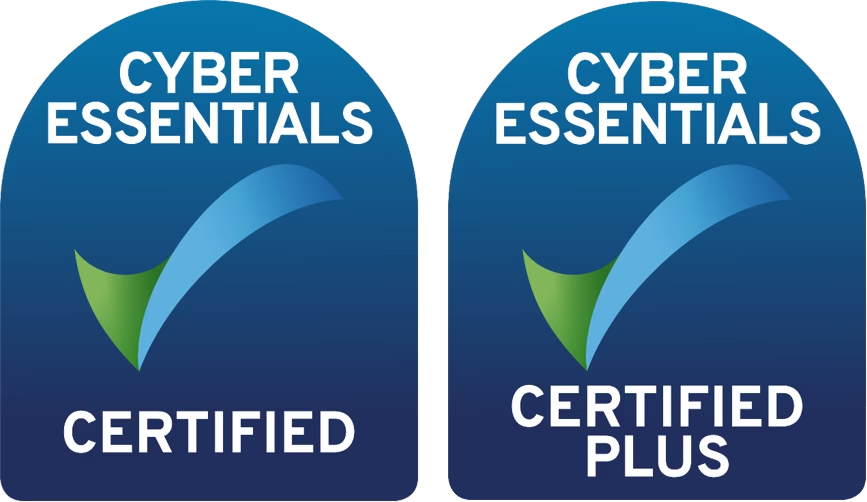What is Hybrid Working Model ?
The post-pandemic office is largely a hybrid office. Leaders like Microsoft and Ford are embracing the focus and productivity benefits that come with letting employees work remotely while ensuring teams also have dedicated office time to connect in person.
There’s no one right way to structure a hybrid workplace – mandated in-office days, time split half and half, employee’s choice. It’s having the right tools to support staff working in various locations that can mean the difference between a smooth flexible workweek and a chaotic one.
Use these hybrid work essentials to get your team aligned.
What is Hybrid Work?
Like the term implies, hybrid work fuses remote and in-office work. Every company has their own post-pandemic policies about what days or how often employees are required to work from a central location. But the goal of in-person work days is the same: tackle high-level tasks like strategising and brainstorming, giving presentations and trainings or simply connecting face-to-face with colleagues.
The new work model aims to blend the best of both worlds, offering employees the autonomy and flexibility of working from anywhere without sacrificing their workplace relationships. It also accommodates different work style preferences, ensuring employees have the opportunity to work from the environments that help them be most productive.
Notable benefits of having the right hybrid tools
Hybrid work has the potential to create a more positive company culture while optimising how – and where – employees work. First, companies need to ensure they’re providing their teams with the right tools to keep everyone adaptable.
With the right hybrid suite, companies can:
• Better plan how to utilise their central office space
• Reduce their overhead costs on things like rent, snacks and office supplies
• Decrease employee turnover
• Access a larger, international talent pool
• Create more meaningful workplace connections
• Promote healthy work-life balance
• Encourage self-directed work and hands-off management
• Prioritise employees’ health and wellbeing
How can you empower hybrid employees?
82% of employees believe that the benefits of a hybrid workplace model outweigh the cons. Still, empowering employees in different work environments takes skill – and a good tech stack. The right equipment can bring your team together, wherever they’re working.
At minimum, companies need to have a plan in place to accommodate employees when they’re working in-office. Flex desking, office hoteling and reverse-hoteling are popular methods that allow employees to reserve a desk for the day. Employers will want to invest in a system or solution to keep track of bookings, so everyone is organised and on the same page. Hot desking also helps reduce office equipment expenses since you don’t need a desk for every person on the payroll.
Video conferencing tools aren’t going away either. If anything, they’re likely to increase in importance. Even if your hybrid policy has employees all coming into the office on the same days of the week, it’s likely they’ll still need to collaborate with colleagues working remotely at other companies or in different departments. Pairing your preferred video conferencing solutions with the right meeting room equipment and booking procedures will ensure meetings start on time and help avoid technical difficulties.
Finally, utilising virtual teams software can help your staff master a number of tasks that have the potential to undermine co-located teams. The best tools address one or more productivity essentials and help your employees do things like communicate effectively, collaborate better, share files, manage projects and build relationships. Great software solutions can handle all of the above, though organisations shouldn’t hesitate to incorporate software solutions on a piecemeal basis in order to meet their individual needs.
Building an adaptable workplace starts with a flexible working model. Hybrid offices allow companies to weather disruption without it impacting workflow. With a little foresight, strategic planning and a curated tech stack, your team can work well from anywhere.
How does the Hybrid Work Model Improve Company Culture?
Hybrid work can provide employees with more flexibility, free time, and autonomy. This potentially harmonious work-life balance allows employees to give more attention to their personal lives or families while still bringing in their income. As this new approach to work evolves, companies have the opportunity to harness it for their benefit and shape a fluid, dynamic, and positive work culture.
Going the distance: How to support a hybrid work model
Offices are still finding their in-person flow post-pandemic. But with the right hybrid work essentials, you can avoid disorder and stay flexible – no matter where employees are logging on.
To find out more on how we can help set up your hybrid office, contact us today to discuss!
[forminator_form id=”9284″]
With over 15 years at Speedster IT, I’ve built a career around helping businesses navigate the evolving world of technology. I publish all the content for the IT Support London Blog and Cyber Security Blog, where I share practical insights on infrastructure upgrades, cybersecurity trends, and smart IT strategies for growing companies.


